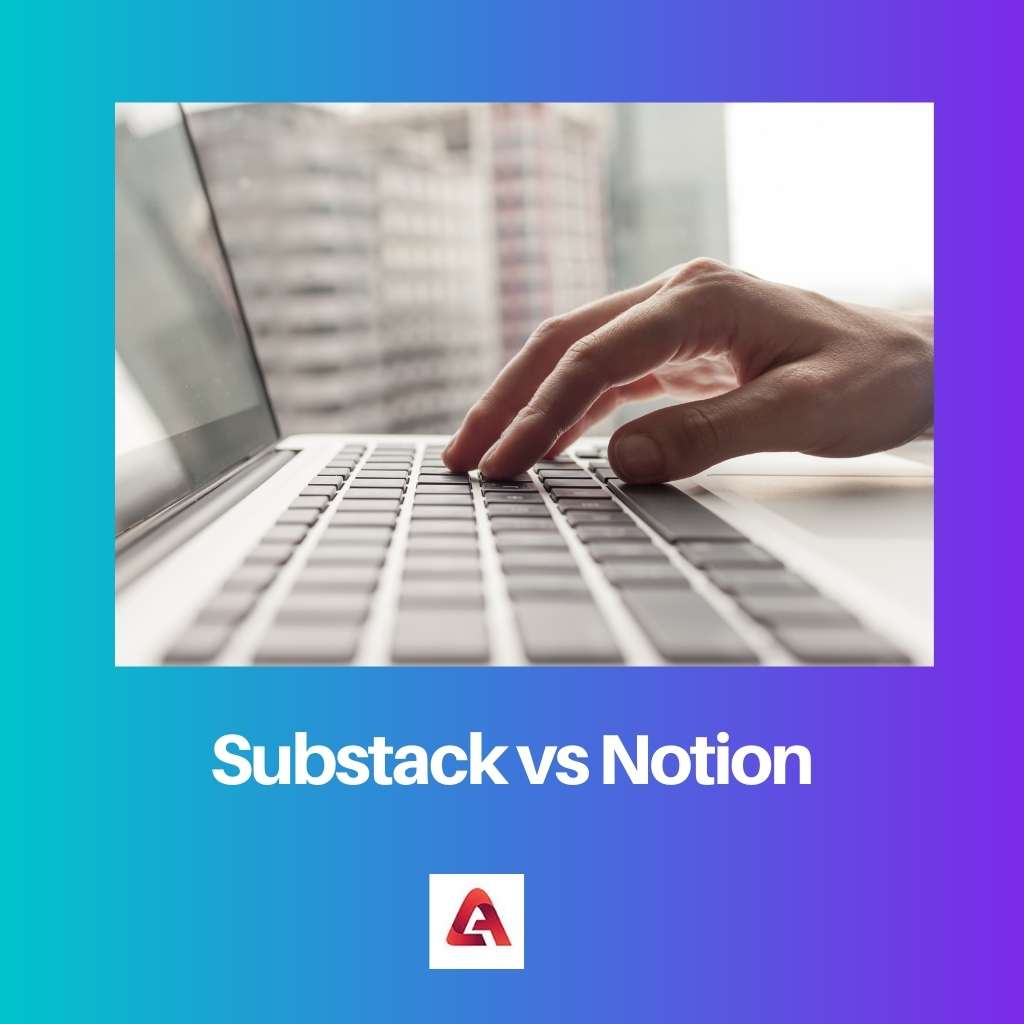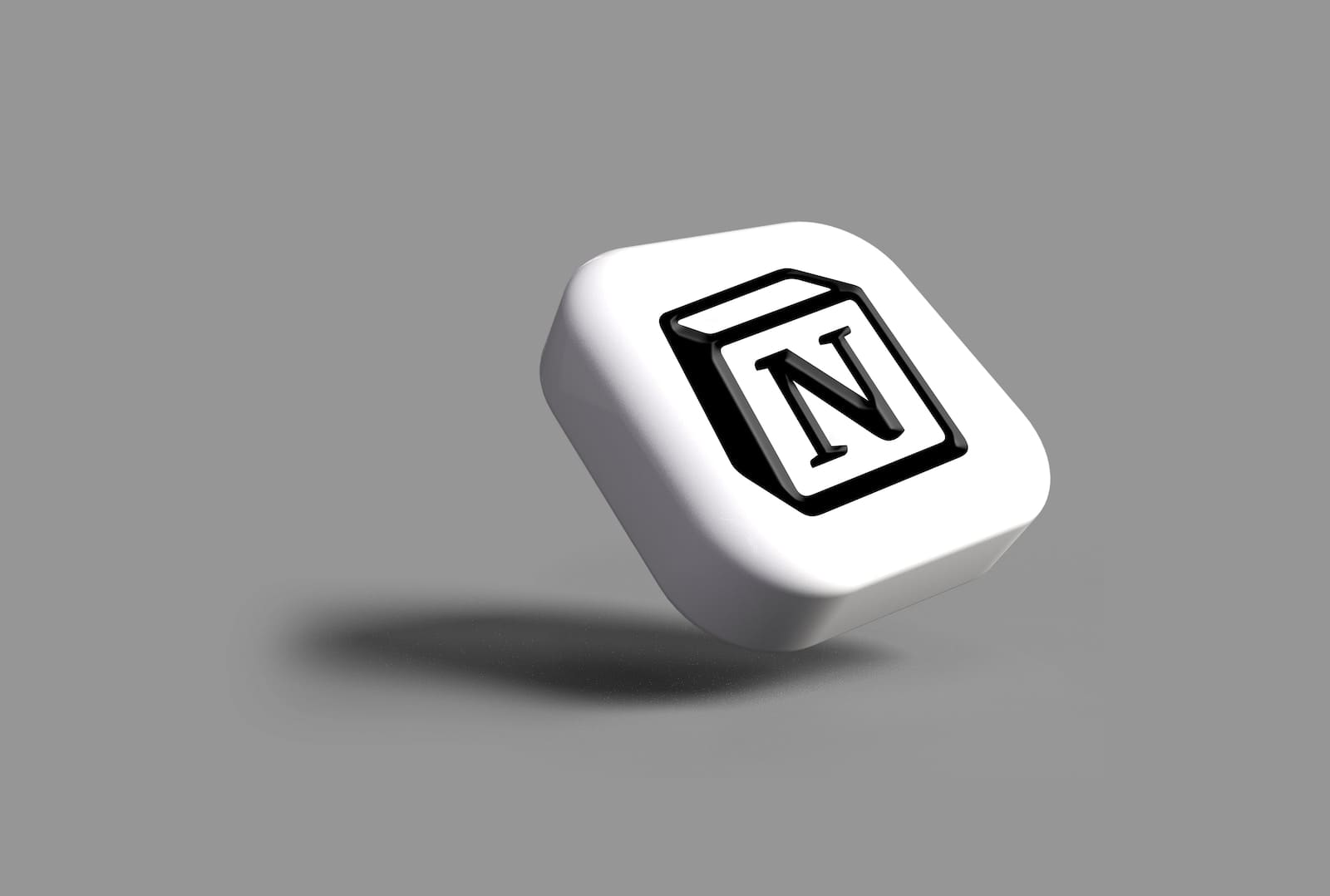Modern-day data is primarily shared through and on the internet therefore many software and applications like substack have been created to store and publish data on web pages.
Work-management and productivity enhancement software like Notion has also become popular,, which stores notes that can then be published.
Key Takeaways
- Substack is a platform for writers to create and monetize newsletters, while Notion is a versatile note-taking and project management tool.
- Substack emphasizes subscription-based revenue models, allowing creators to earn money directly from their subscribers, whereas Notion focuses on productivity and collaboration features.
- Notion supports various content types and integrations, making it ideal for teams and businesses, while Substack is primarily geared toward individual content creators.
Substack vs Notion
The difference between Substack and Notion is that Substack is a website-building platform that can be used to create subscription-based newsletters, whereas Notion is a software meant for note-taking and work management. Substack-based newsletters can be created paid or free by authors, and notes taken or documents created on Notion can also be made public.

Substack is a development software created by the makers of the Kik messengers that offers a platform to journalists and authors through which they can develop subscription-based newsletters and post their writings to a community,. They can be made through free subscriptions as well.
It has become popular due to its unmoderated nature.
The notion is a productivity enhancement and note-taking software that uses the concept of databases and efficient organization to boost the productivity of its users.
It can store large amounts of data and sort and stage it to make it easily accessible. Users can keep their inputs and projects on it as well.
Comparison Table
| Parameters of Comparison | Substack | Notion |
|---|---|---|
| Meaning | Substack is a newsletter-building platform for writers and journalists. | Notion was founded in 2013 and launched for Windows and mac later. |
| Launch Year | Substack was launched to the masses in 2017. | Substack provides services for creating, managing, and editing subscription-based web pages. |
| Use | Notion is a productivity-centric software that tracks and records data regarding work and takes notes. | Publishing a newsletter on Substack is completely free. |
| Affordability | Notion offers various packages, which are all priced differently. | The notion has garnered a huge user base of over 20 million users. |
| User Base | Substack has accumulated a user base of one million users. | The notion has garnered a vast user base of over 20 million users. |
What is Substack?
Substack is a platform that has, in a sense, revolutionized journalism and thought presentation.
It is a platform that allows authors and journalists to create a subscription-based paid or free newsletter or blog that is entirely under their control in terms of editing and what can go on the blogs.
It has dramatically promoted unrestricted speech in an era where other news sources and blogging platforms are significantly censored. However, it still bans obscene or spam content.
Everything a user creates on substack becomes their property, not the company. Substack is a free-to-use software, and users can make and publish as many articles for free in a month as they like.
Substack makes money by taking 10 per cent of all the revenue that a paid subscription author makes.
Substack was created by the founder of Kik messenger in 2017, along with a developer and a journalist.
Since its inception, Substack has curated a user base of more than a million active users, and the site has visits ranging upwards of 25 million per month.
Subscriptions on the website are billed either monthly or annually. Some great and awarded journalists have also made a good presence on Substack, increasing its popularity.
What is Notion?
The notion is a productivity enhancement and task and project management software meant for professional workers and as students.
The notion can maintain databases, wikis, project blueprints, flowcharts, etc, which aid in maintaining a productive workflow.
It was one of the first productivity-centric applications ever made and is currently one of the most popular. Notion offers limitless organization through various tools such as tags, chapters, and pages.
Notion also owes its popularity to its very intuitive and simple user interface; therefore, the plethora of features that Notion has to offer can easily be discovered by users who are not very tech-savvy.
The notion is also a beneficial tool for teams or student groups working on a project since databases can be shared, and people can work on the same project remotely, and it is updated in real-time.
Notion also stores all updates and work history as a web browser makes it even more critical when it is a team project.
Since its creation in 2013, Notion has risen to fame and is now a unicorn company with an active user base of more than 20 million people.
It is available as a mobile application and can also be accessed through any browser.

Main Differences Between Substack and Notion
- Substack is a newer platform founded in 2017, whereas Notion was founded in 2013.
- Substack has a smaller users than Notion, having around a million active users in contrast to Notion’s 20 million active users.
- Substack and Notion are meant for different purposes; Substack is a subscription platform for journalists, whereas Notion is a note-taking and productivity software.
- Substack is completely free to use by as many users as the newsletter wants whereas for company and enterprise use, Notion charges a fee.
- All pages created on Substack are for a blog and are public, whereas, on Notion, almost all the work is private.
- http://sk.sagepub.com/cases/substack-and-newsletter-boom-when-does-platform-become-publisher
- https://link.springer.com/content/pdf/10.1007/s11042-016-3718-2.pdf

It’s refreshing to see a comprehensive article on Substack and Notion, the insight provided is valuable.
The comparison table provided sums up the attributes of Substack and Notion quite accurately.
This article provides an in-depth analysis of both Substack and Notion. It aids in better understanding the workings of these platforms.
The detailed comparison table is incredibly helpful in distinguishing the fundamental differences between Substack and Notion.
The post explains in detail the differences between Substack and Notion with great clarity and precision.
I particularly appreciate the reference links provided at the end of the post for further reading.
It’s easier for readers to differentiate between the two, based on the explanations given in the article.
The thorough insights into the functions and capabilities of both Substack and Notion are commendable…
The article does well to highlight the significant advantages and use-cases of both Substack and Notion.
…and the information is presented in a structured manner which makes it easy to absorb.
The information provided is very insightful for those who are interested in this type of software. Notion sounds like a user-friendly solution for team collaboration and project management.